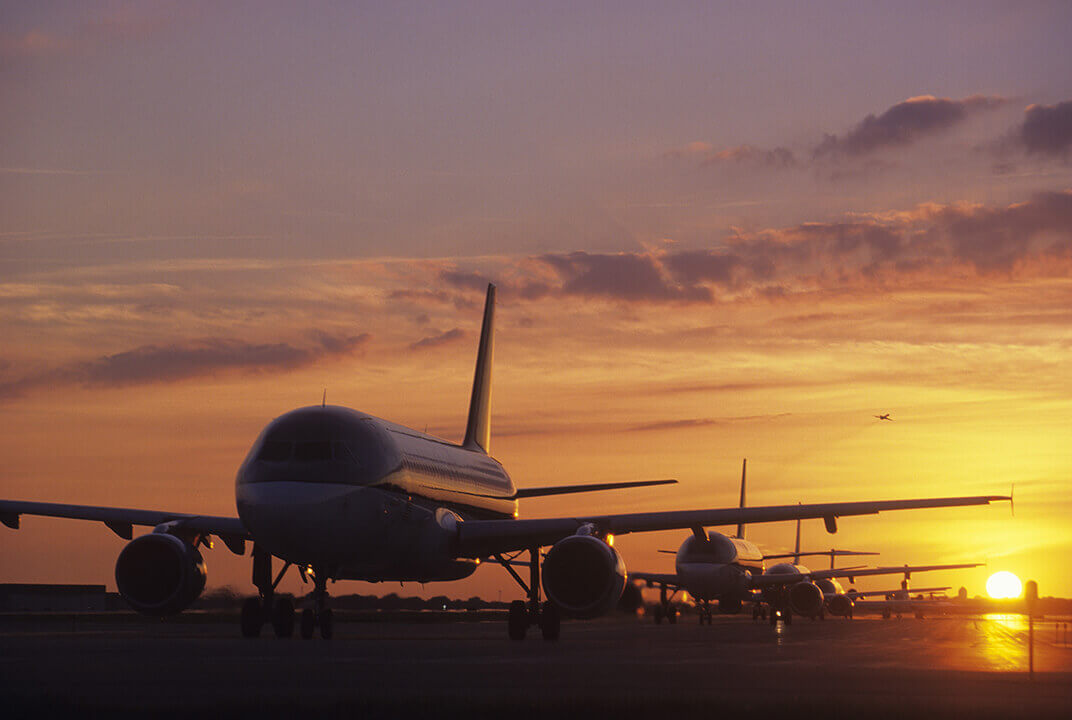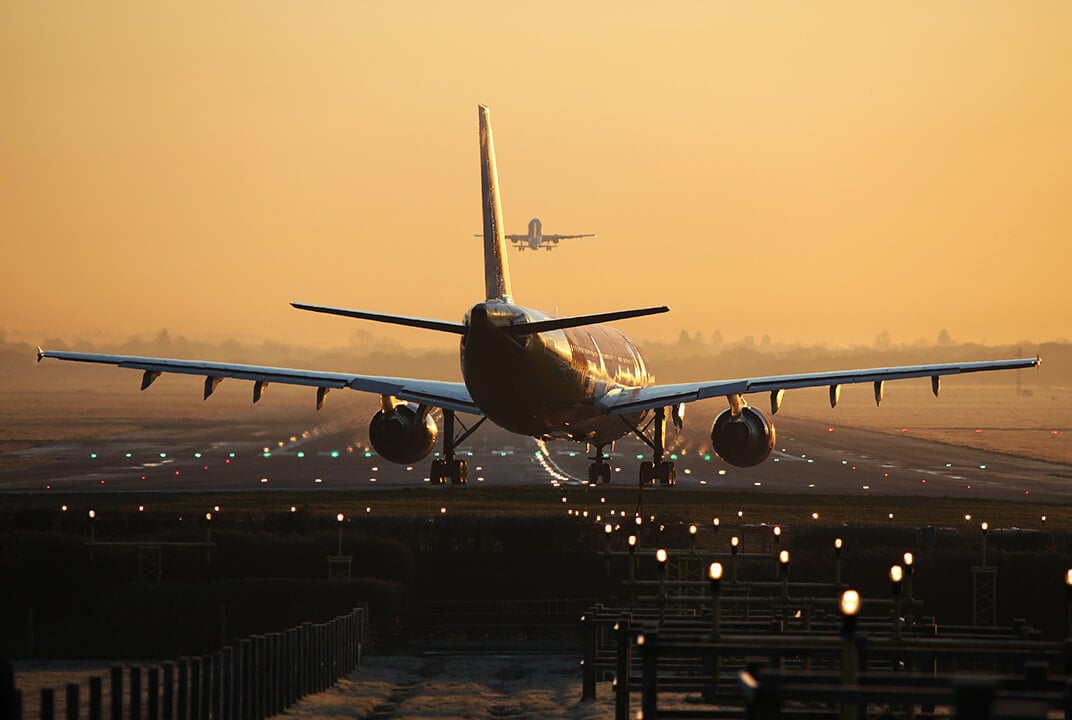Insight | The $3bn boost - how satcom has helped the aviation industry
The $3bn boost - how satcom has helped the aviation industry
New study by aviation consultant Helios shows satellite communication has delivered $3bn in benefits to airlines thanks to improved air traffic control and operational efficiencies.
"This is the first time that the benefits of satellite communication have been quantified and the results are astounding."
A lot can happen in 15 years. Google and Facebook can go from Silicon Valley players to world leaders. Two billion humans can become smartphone users. And annual air transport passenger levels can rise from 1.6bn globally, to 3.8bn.
The point being that 15 years can see seismic changes that irrevocably alter our world. Aviation consultant Helios has certainly proved that. In a comprehensive survey commissioned by Inmarsat, which studied the period between 2001 and 2016, it discovered that increased satellite communication (satcom) has saved airlines a staggering $3bn, thanks to a range of safety and efficiency procedures that benefit both Air Traffic Control (ATC) and Airline Operational Communications (AOC).
Nick McFarlane, Helios’ Managing Director and co-author of the report, The Benefits of Satcom to Airlines, explains: “This is the first time that the benefits of satellite communication have been quantified and the results are astounding. The technology has already delivered huge benefits to the industry and emerging applications mean the trend is set to continue.”
The report has discovered that the annual benefit to the aviation industry grew 35% each year between 2013 and 2016. This reflects the increasing numbers of ‘connected aircraft’, and the fact that satellite communications allows for reduced separation of aircraft. That means that more aircraft can safely fit into a given airspace, dramatically increasing capacity.
First, a quick definition for clarity. Satcom refers to the voice and data service that allows an aircraft to communicate, via satellite, with air traffic control and its airline operations centre when outside coverage of conventional ground radar and Very High Frequency (VHF) stations. It’s the reach over oceans that has been critical to the benefits of satellite-enabled connectivity.
Air traffic management
Air traffic is projected to double by 2035, when there will be the same number of passengers in the air each year - seven billion - as there are people on Earth right now.
Innovations in satcom technology enable more planes to safely fly in the air at any one time. Enhanced communication and tracking means the gap between aircraft has been reduced from 100 nautical miles to 30 nautical miles. This is particularly beneficial for those operating airlines over the busy skies of the North Atlantic. This increased capacity contributed $890m of the air traffic management benefits of $1.1bn.
Other ATC benefits include more efficient routing, which results in both fuel and time savings and, in the future, the introduction of tailored arrivals that will negate the need for inefficient step descents. The latter is something that’s been trialed with great success in Los Angeles and San Francisco.
Airline operations
The report identifies that the top line ATC benefits delivered by satcom amount to $1.1bn. The remaining $1.9bn is provided by improved communications between aircraft and their Airline Operations Centre.
The current Aircraft Communications Addressing and Reporting System (ACARS) already delivers benefits in terms of flight regularity and efficiency, as pilot and controller exchange simple text messages. However, the next generation of AOC applications that satcom can deliver through superior inflight connectivity will allow airlines to further optimise flight operations, fleet management, reduce turnaround time and increase efficiency and predictability.
This is achieved through developments such as greater real time information relating to flight progress, up-to-date weather information and real time information on engine and aircraft performance.
For example, streaming real time avionics and performance data from the plane to airline operations on the ground means that minor issues can be identified before the aircraft lands, reducing delays at turnaround.
Emergency situations will also benefit – telemedicine apps could provide a remote diagnosis in case of passenger illness, reducing the frequency of diverted flights.
And while this study focused solely on the benefits of satcom over oceanic regions – London to New York, say – there are also considerable gains to be made in the future for aircraft flying over land, for instance in the crowded airspace of continental Europe where radar networks are extremely congested. The European Space Agency’s Iris Precursor project optimises flight speed and descent profiles, reducing delays, especially around large hubs.
"The potential to enhance the safety and efficiency of air travel is almost unlimited"
As the evolution of satcom advances, enhanced connectivity is a giant leap forward for the aviation industry. Since satcom was introduced, transoceanic air traffic has increased by 300%, thanks to the navigational and communication benefits that space-based communications has delivered.
Captain Mary McMillan, Vice President of Safety and Operational Services at Inmarsat Aviation, is enthused by the results of the report: “This study shows how satellite communication has already done so much to improve the safety and efficiency of the skies. With the arrival of IP-based applications and new data-hungry cockpits, satcom will deliver both critical safety data as well as improve operational performance of today’s fleets. The potential to enhance the safety and efficiency of air travel is almost unlimited.”
As the white heat of communications technology burns ever brighter, it’s thrilling to think of what the next 15 years will bring for aviation.


